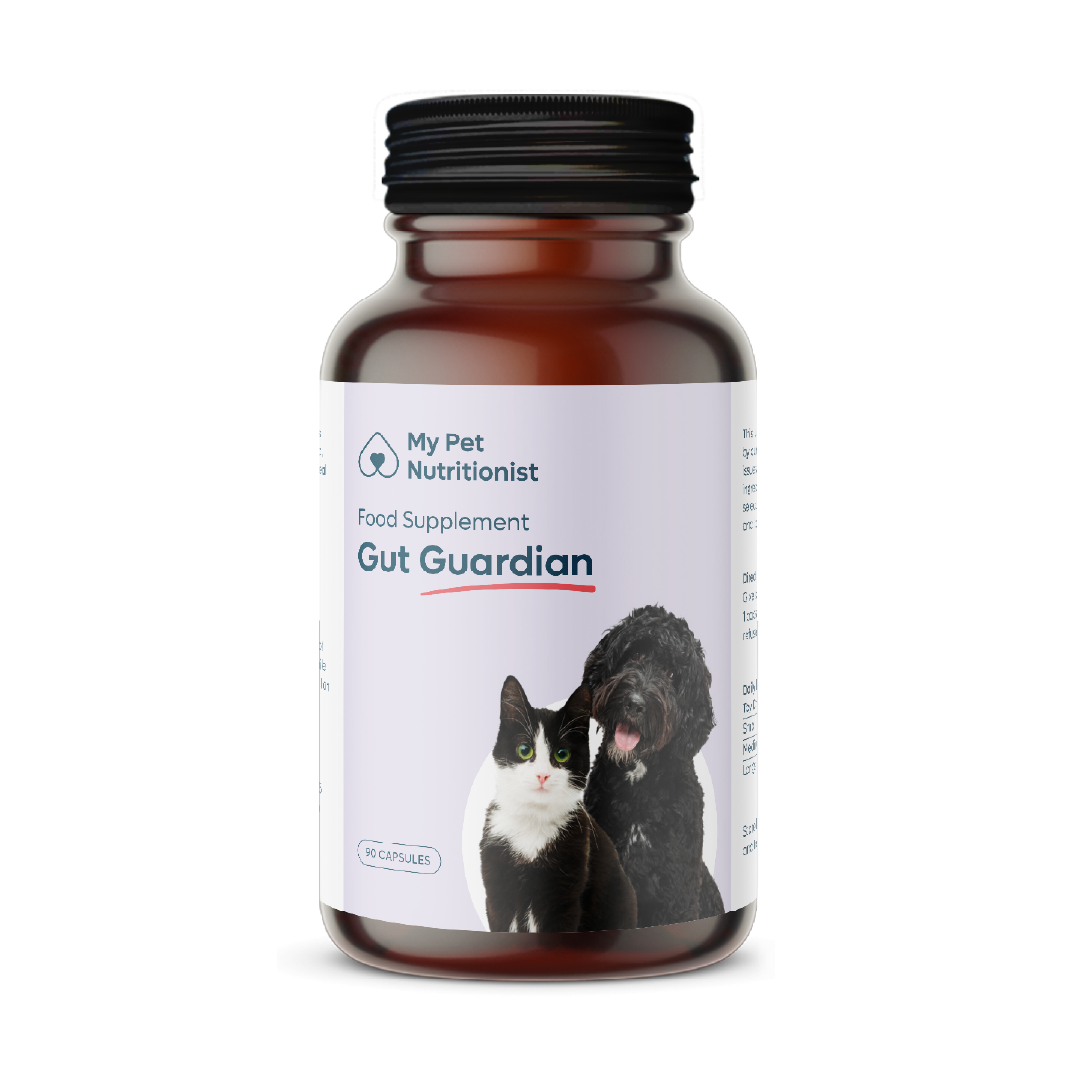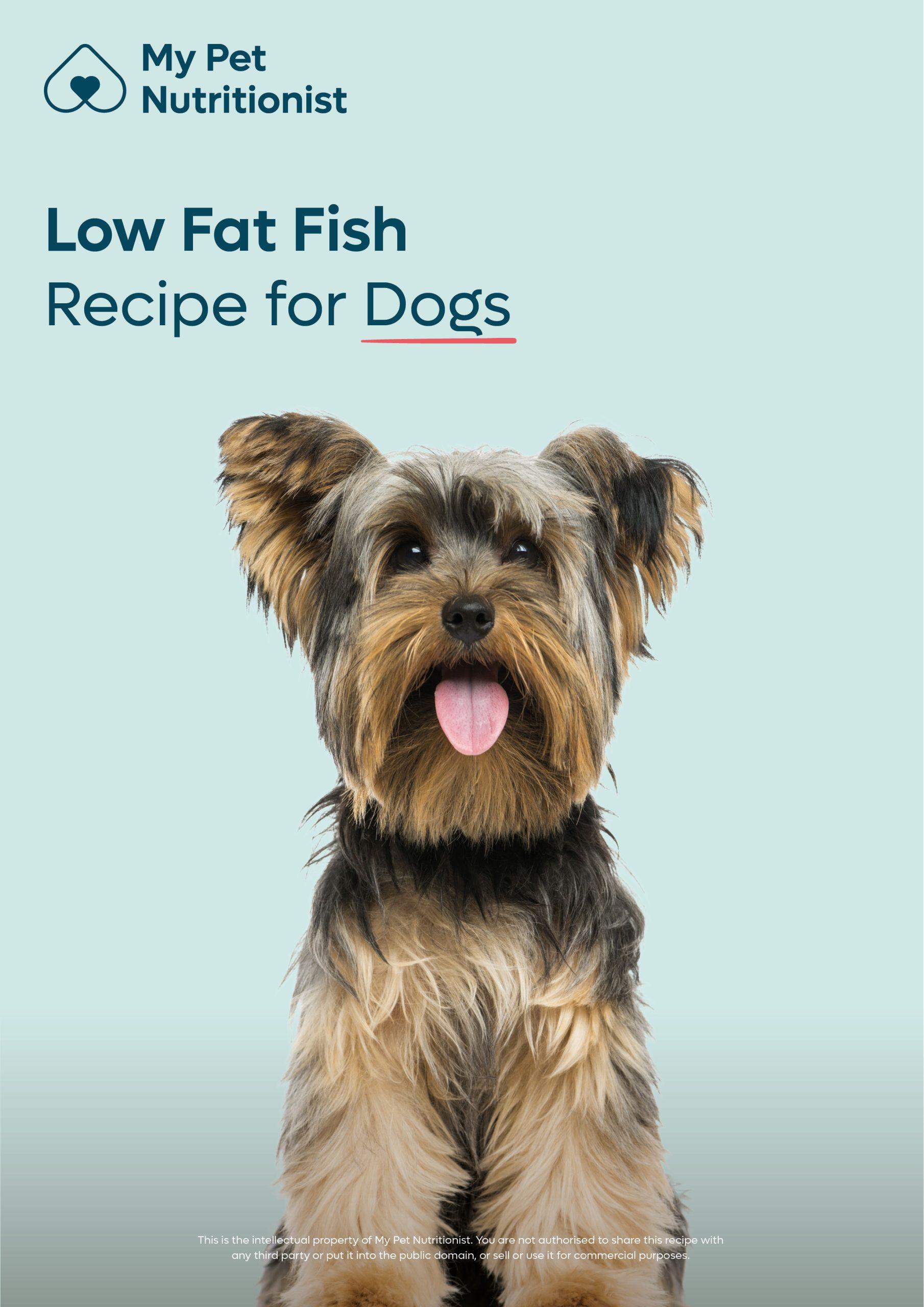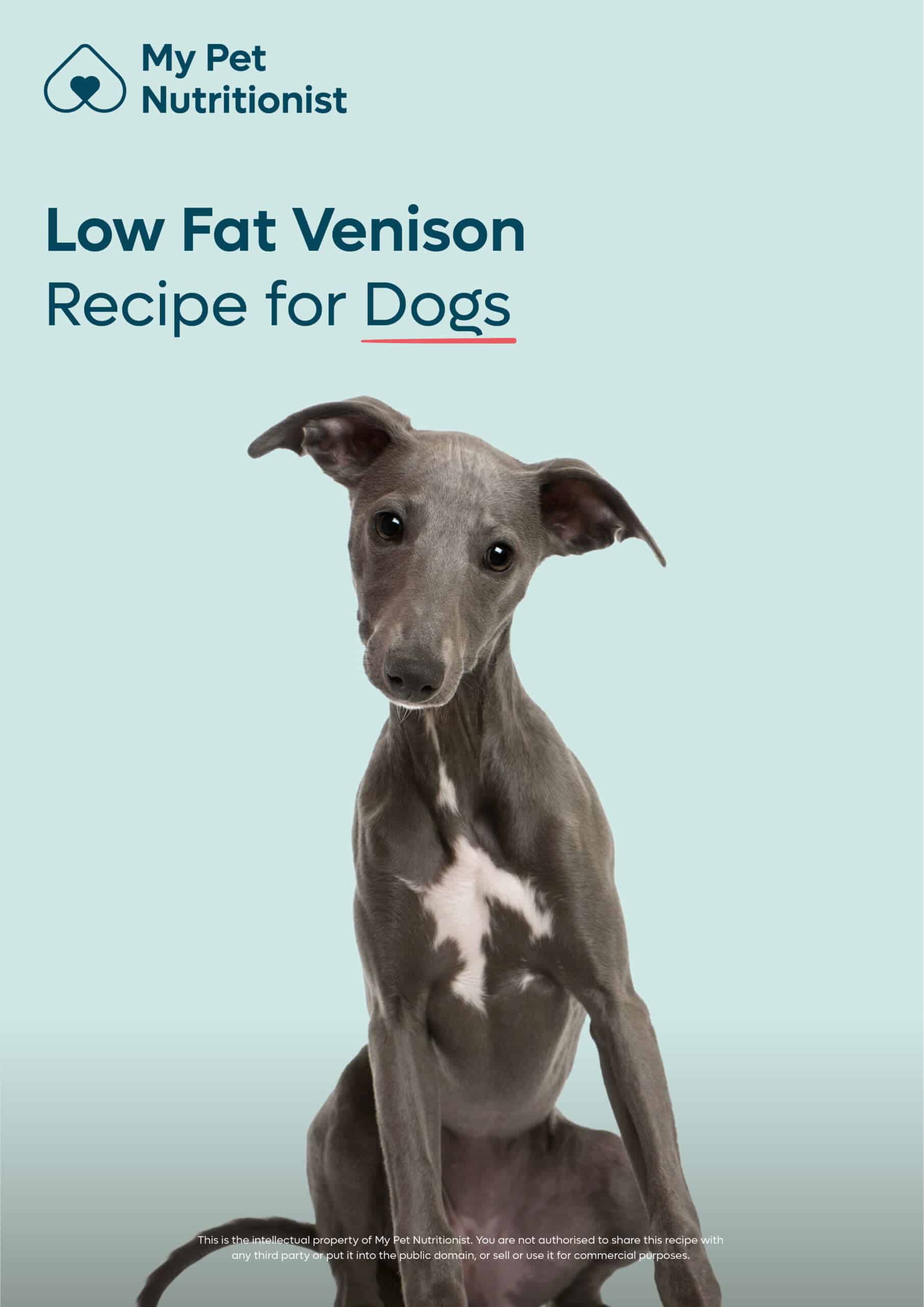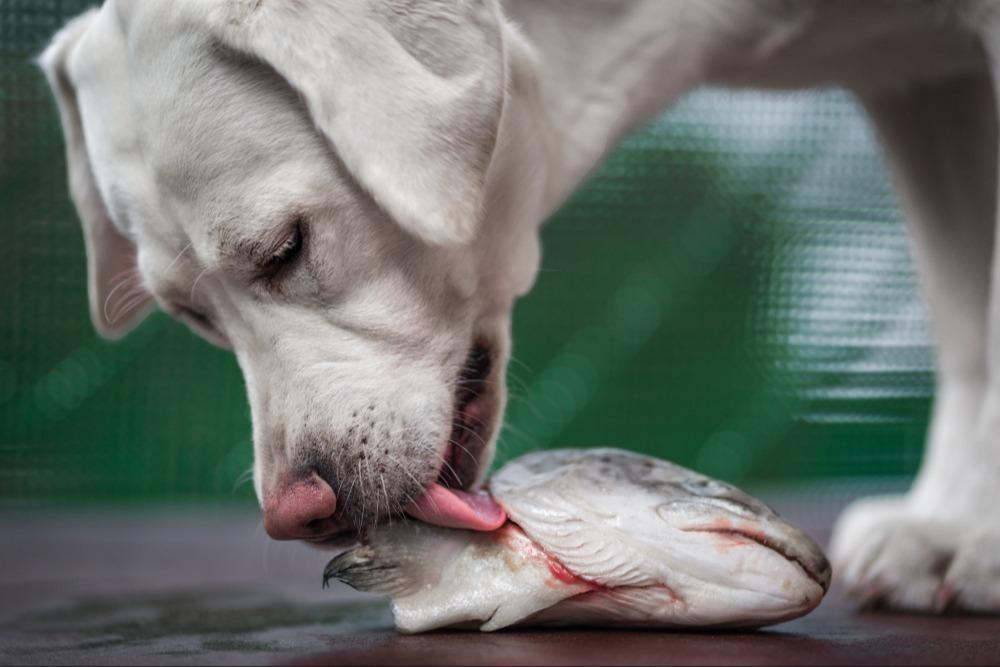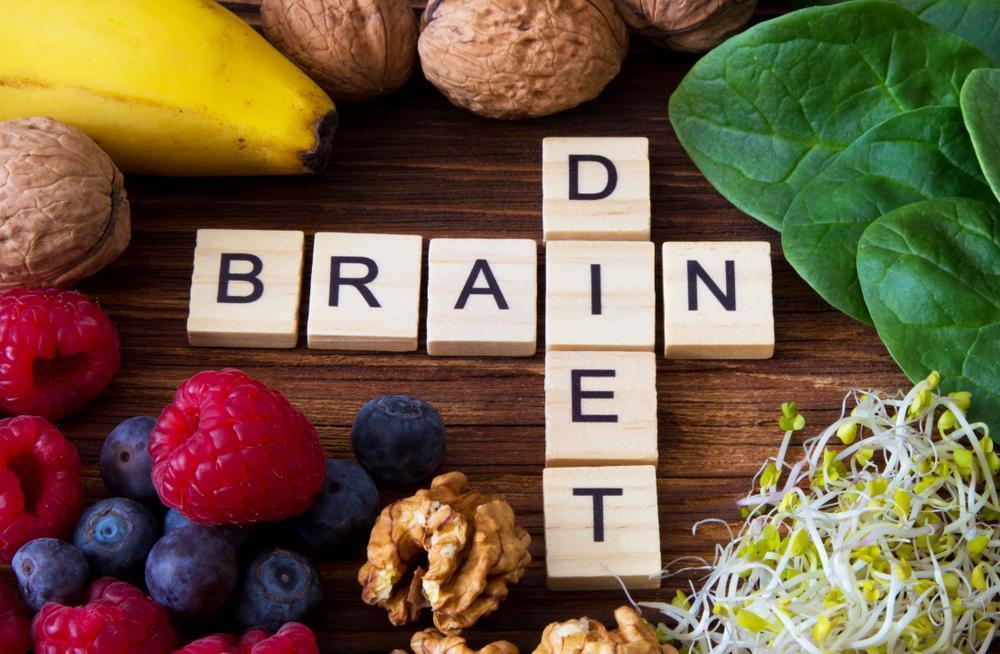
The Dog’s Digestive System
- March 12, 2021
- 7 min read
What You Need To Know About The Dog’s Digestive System
Here at My Pet Nutritionist, most issues that we are faced with involve the need for some form of gut healing.And so, we thought we’d pop a handy guide together, to explain the function of the digestive system, and how it all works.
We like to think of it as a journey that food goes on, so, pop on your seatbelt, and come along for the ride.
Gut Healt
Gut health relates to the whole of the digestive tract, which officially starts in the mouth and ends with, surprisingly, the rear end, or more biologically accurate, the rectum and anus.In humans, digestion begins in the mouth. We physically break down food with our teeth, and salivary enzymes get to work.
This is slightly different in the dog. The structure of their teeth means they are equipped for ripping and tearing, and then swallowing larger chunks of foods, whereas us humans have flat surface teeth made for grinding. A dog’s saliva also has a different composition to humans. Studies have demonstrated 2,532 different proteins between human and canine saliva. Canine saliva plays more of a role in protecting against inflammation and functioning as an anti-microbial. Dogs also have lower amounts of amylase than humans and there appears to be no, or very little, salivary amylase present in canine saliva. It is regularly concluded that because a dog is carnivorous, amylase activity in the species is not as dominant.
Findings here
For this reason, digestion in the dog really starts in the stomach.
As food travels down the food pipe (oesophagus), it passes through the lower oesophageal sphincter. These sphincters are important, as they keep parts of the digestive system separate; if they don’t shut or open properly,there may be complaints like acid reflux.
The stomach is like a washing machine; it physically churns food around, but it also releases enzymes, acid, and hormones to break it down into a usable form.
An enzyme is a protein that speeds up chemical reactions in the body. Digestive enzymes speed up chemical reactions that break down food molecules into something that can be used by the body.Pepsin is an enzyme released in the stomach, from what we call chief cells. It serves to digest protein.
The stomach also releases hydrochloric acid, more commonly known as stomach acid from the parietal cells. This highly acid environment causes proteins to lose their characteristic folded structure which exposes the bonds of the protein. Pepsin (having been activated by the stomach acid) can then get to work on these bonds. Stomach acid also inhibits the growth of many microorganisms which is helpful to prevent infection.
Digestive hormones are also made in the stomach (and small intestine, but we’ll get there later). The two G’s are released in the stomach, being gastrin and ghrelin. Gastrin stimulates the release of stomach acid when it senses the stomach has been stretched. Ghrelin on the other hand, also produced in the stomach tells the brain that the body needs to be fed; it increases appetite.
In the stomach, food is turn into a substance known as chyme, and this moves to the small intestine.The small intestine is full of tiny, carpet like projections called villi and microvilli, which increases the surface area of the organ. These projections allow for nutrient absorption. In short, they allow whatever is in the small intestine to reach circulation.
The pancreas feeds into the small intestine and is like the factory of the digestive system; producing enzymes and hormones to further digest the chyme.
The pancreas produces:
- Lipase – think lipid, breaks down fat.
- Protease – think protein, breaks down protein.
- Amylase – helps to break down starch.
- Insulin – promotes the absorption of glucose from the blood into the liver, fat and skeletal muscle cells,
- Glucagon – the messenger which tells the liver to release stored sugar,
- Gastrin and amylin – whilst most of the G is release in the stomach, some is made in the pancreas too. Amylin helps control appetite and stomach emptying.
To further assist with digestion, bile acids are made by the liver, and stored in the gallbladder. Bile is secreted into the small intestine and helps with fat digestion and absorption. To this end, they are also important for the digestion and metabolism of fat-soluble vitamins.As we move through the small intestine, we hit another gateway known as the ileocecal valve. This gateway acts like a watchdog. If it notices under-digested food coming through, it hits what we know as the ileal brake, halting the movement of the upper gut movements. This is a crucial feedback system for nutrient absorption in the small intestine.
There is a link between this mechanism and peptideYY, which is produced in the last part of the small intestine known as the ileum. This hormone inhibits intestinal transit (for better absorption of nutrients) and has been associated with higher-fat levels,which is why fat in the diet is associated with higher levels of satiety.
Findings here
And then we are into the large intestine.
The large intestine is responsible for four main things:
Hydration
The large intestine reabsorbs fluid and electrolytes. Here the contents from the gut turn from liquid to solid (that runny poop – hasn’t spend enough time in the large intestine for some reason).The Microbiome
Here resides the microbiome. That community of microbes that is gaining a lot of attention, for good reason. There are microbes found throughout the GI tract, but the majority of them are found here. These guys can make vitamins, amino acids (building blocks of protein), hormones and chemical messengers. They train the immune system, strengthen the gut barrier, communicate with other vital organs including the brain, prevent invasion from the bad bugs, influence gut movement and function and love eating fibre!Nutrient Absorption
Whilst most of this occurs in the small intestine, thanks to the microbiome, this also occurs in the large intestine.Waste Compactor
The end of the large intestine, the rectum stores and compacts the waste produced by the body, like the parts of dead red blood cells that make the poop brown! But the colour of poop can also depend on intestinal secretions and the smell largely depends on bacteria. (Although if there is a particularly foul smell, then it’s always best to check nothing sinister is going on).The gut can function independently of the brain, meaning that it doesn’t need to be told what to do but equally why it loses much of its function during times of stress and when resources are redirected away from it.Several programmed movements are responsible for the transport of food between the different parts of the digestive system.
Peristalsis is a series of wave-like muscle contractions that move food through the digestive tract.
The migrating motor complex typically moves between the stomach and small intestine, sweeping the intestine clean between meals; this is the rumble you will hear! Hormones like motilin and ghrelin are involved in the generation ofMMCs.
Dysfunction of this complex can occur and has been noted in conditions like SIBO.
Mass movement is another programmed movement,and this is what propels the formed poop into the rectum, ready for evacuation. Mass movements are put on hold overnight but start again in the morning.They follow their own circadian rhythm. Findings here
And that brings us to the end of the journey. From the mouth to evacuation.
The digestive system is in fact quite a complex beast, and it is easy to see how things can go a little awry at any one of the stages. It is also possible to see how this malfunction can have such knock-on effects throughout the whole of body.
If you think something isn’t pulling its weight in your dog’s digestive system, for whatever reason, then check out our services to see if we can help.
Thanks for reading!
MPN Team x
Customer Reviews
Related articles

General HealthDigestionDigestive HealthDogs
How To Support Your Dog’s Brain Health
Jun 27 2024
•
11 mins 55 secs
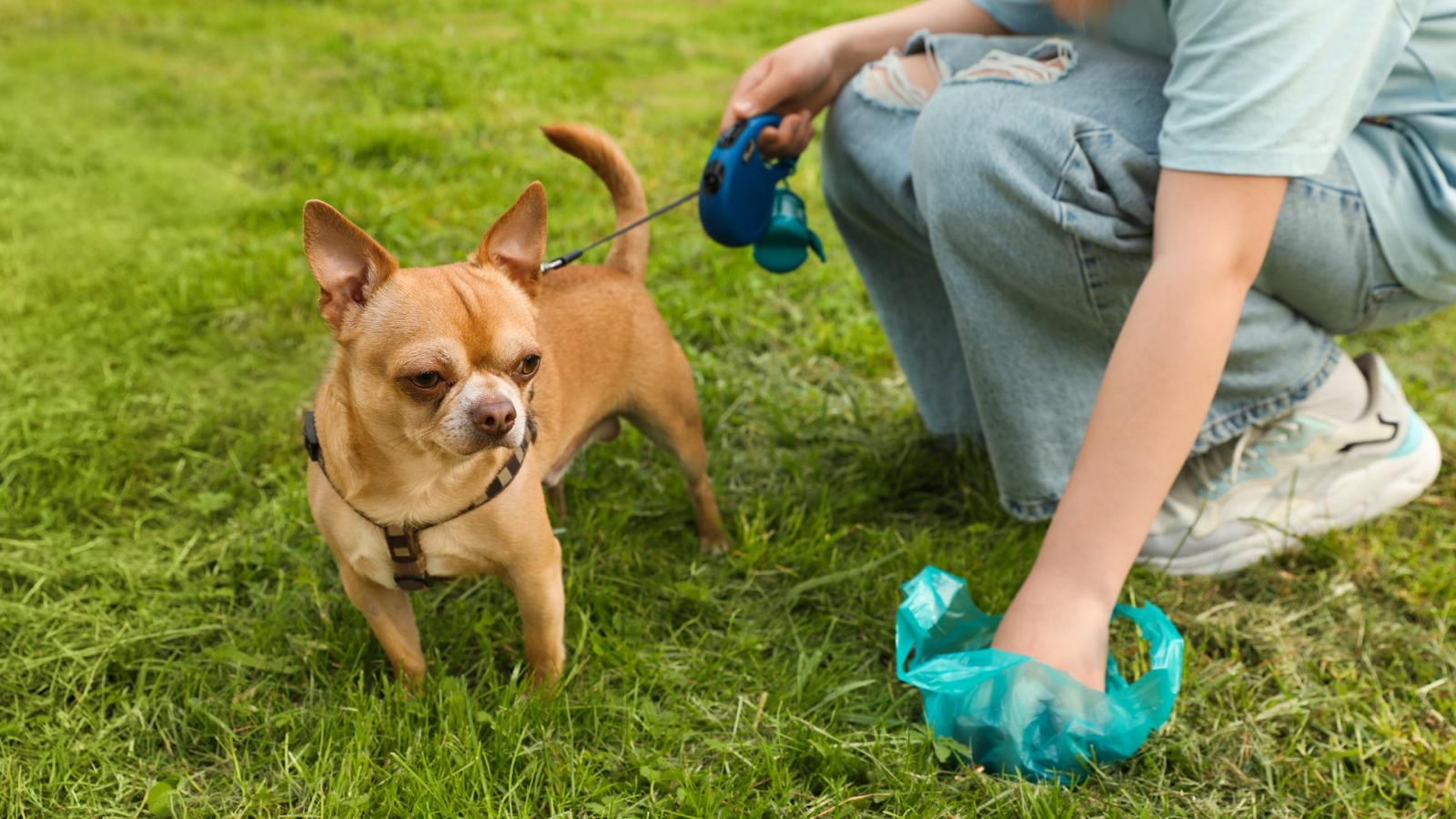
General HealthDigestionDigestive HealthDogs
Pooh Guide for Dogs: What’s Good, and What’s Not
May 16 2024
•
9 mins 15 secs

General HealthDigestionDigestive HealthDogs
The Lowdown on Hypokalaemia in Pets
Mar 28 2024
•
6 mins 30 secs
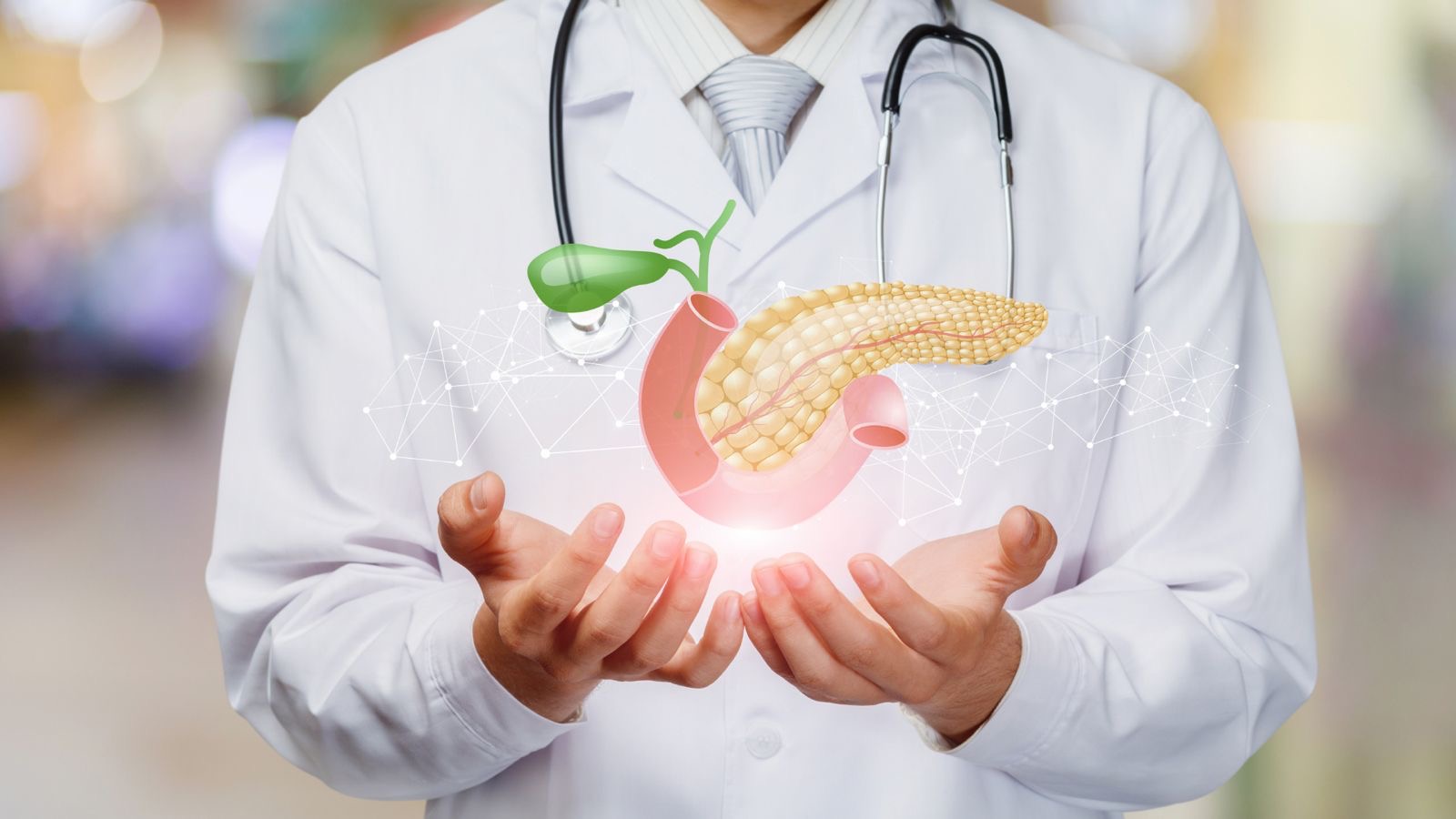
General HealthDigestionDigestive HealthDogs
All You Need to Know About Exocrine Pancreatic Insufficiency
Feb 22 2024
•
10 mins 20 secs
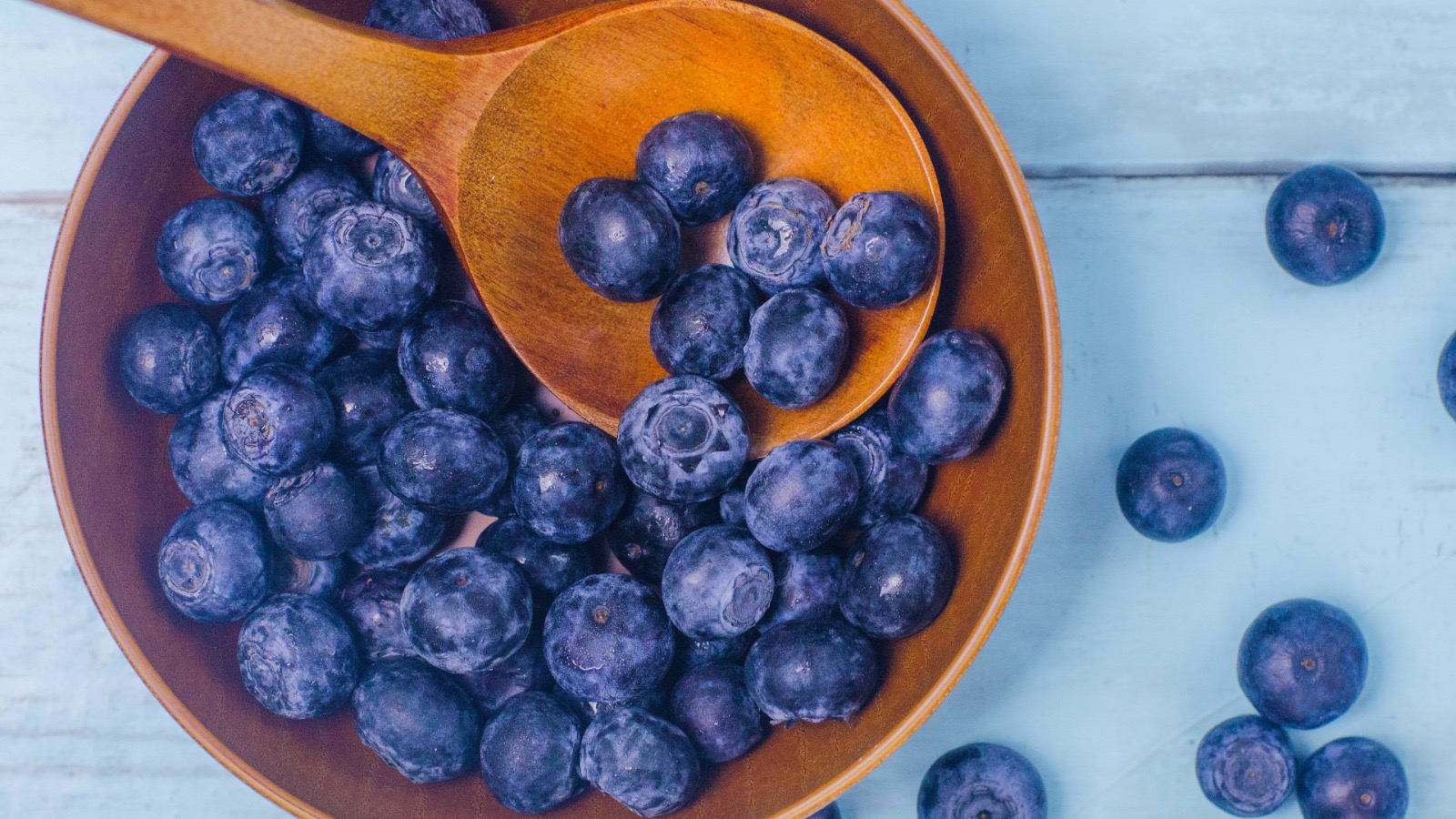
General HealthDigestionDigestive HealthDogs
The Skinny on Blueberries for Dogs
Jan 31 2024
•
7 mins 46 secs

General HealthDigestionDigestive HealthDogs
Should I Feed my Itchy Dog a Cool Protein?
Jan 18 2024
•
4 mins 40 secs
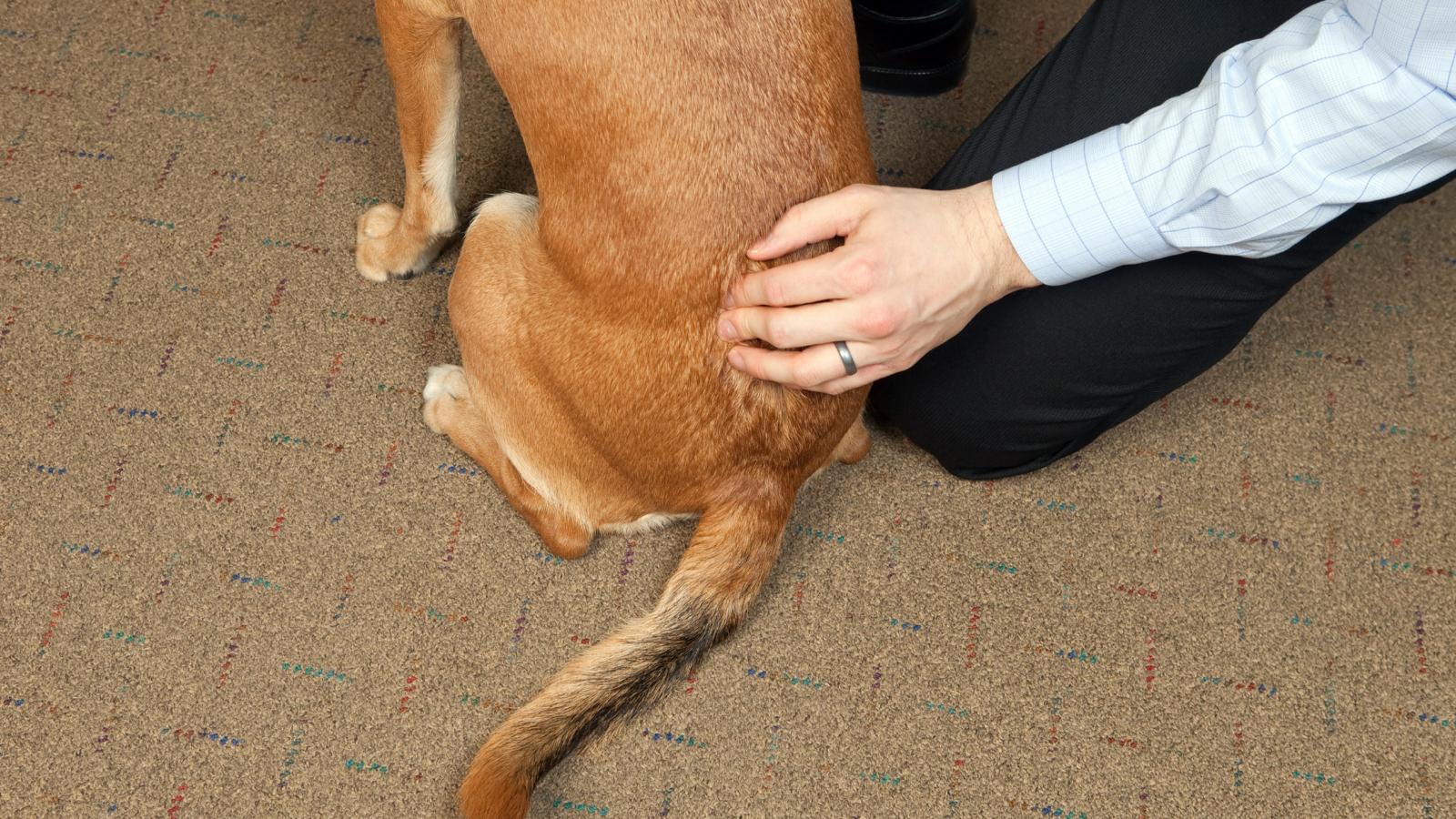
General HealthDigestionDigestive HealthDogs
The Low Down on Spondylosis in Dogs
Dec 14 2023
•
12 mins 40 secs
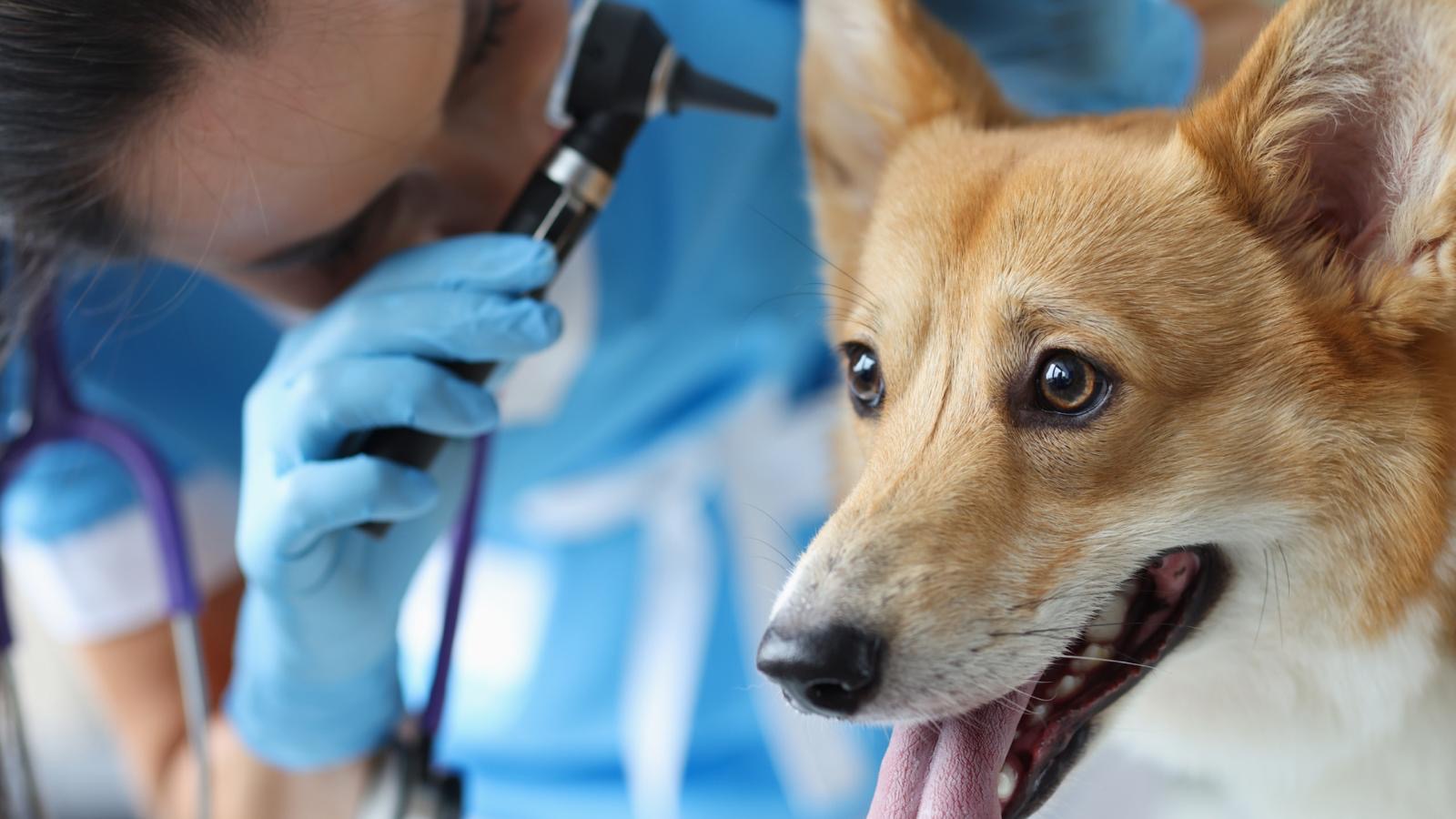
General HealthDigestionDigestive HealthDogs
The Ultimate Guide to Graves Disease in Pets
Nov 30 2023
•
11 mins

General HealthDigestionDigestive HealthDogs
Can Stress Cause My Pet’s Disease?
Nov 23 2023
•
10 mins 30 secs
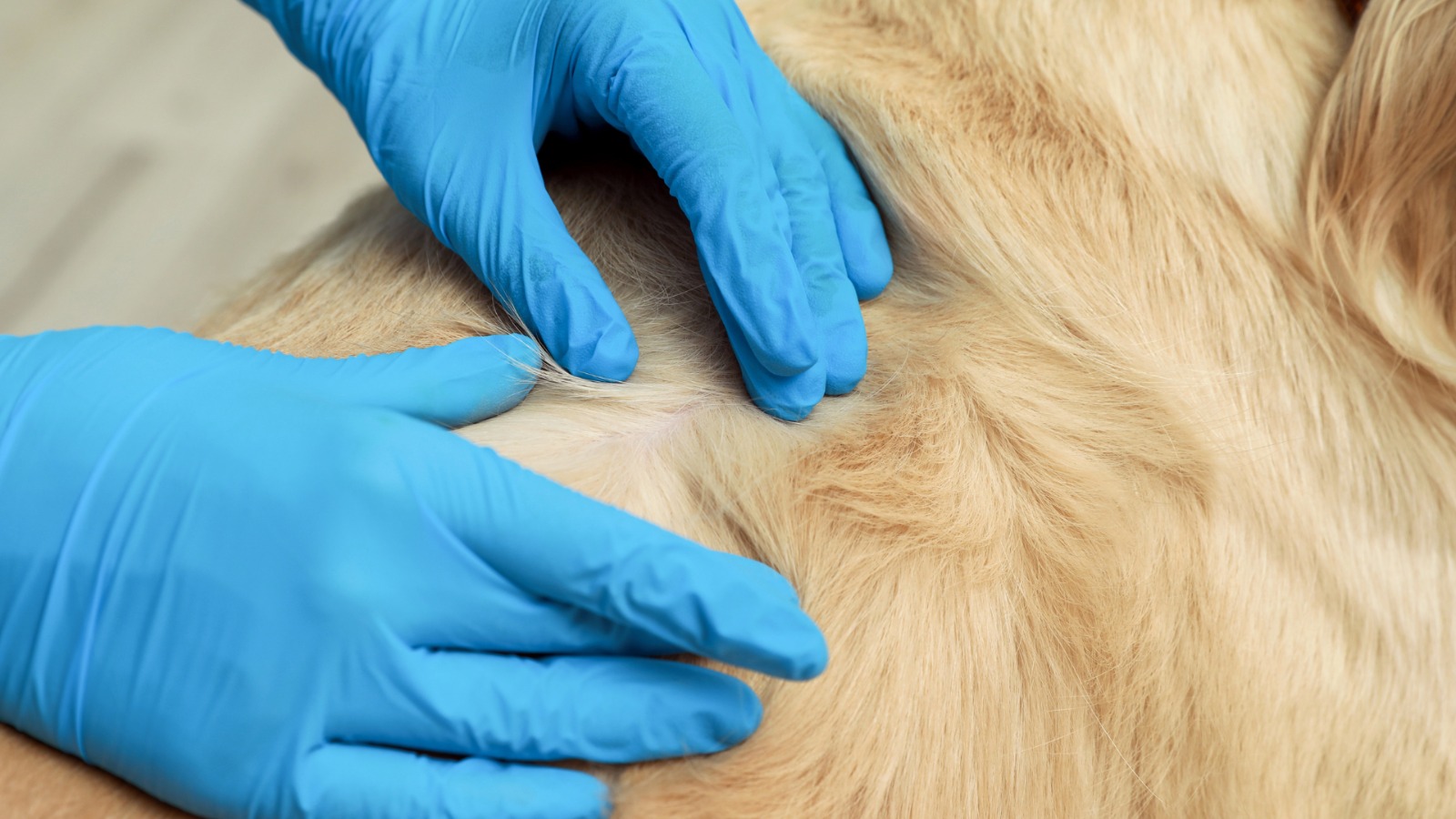
General HealthDigestionDigestive HealthDogs
The Low Down on Keratosis
Oct 05 2023
•
4 mins 45 secs

General HealthDigestionDigestive HealthDogs
7 Reasons Why My Dog is Biting his Paws
Sep 06 2023
•
7 mins 40 secs
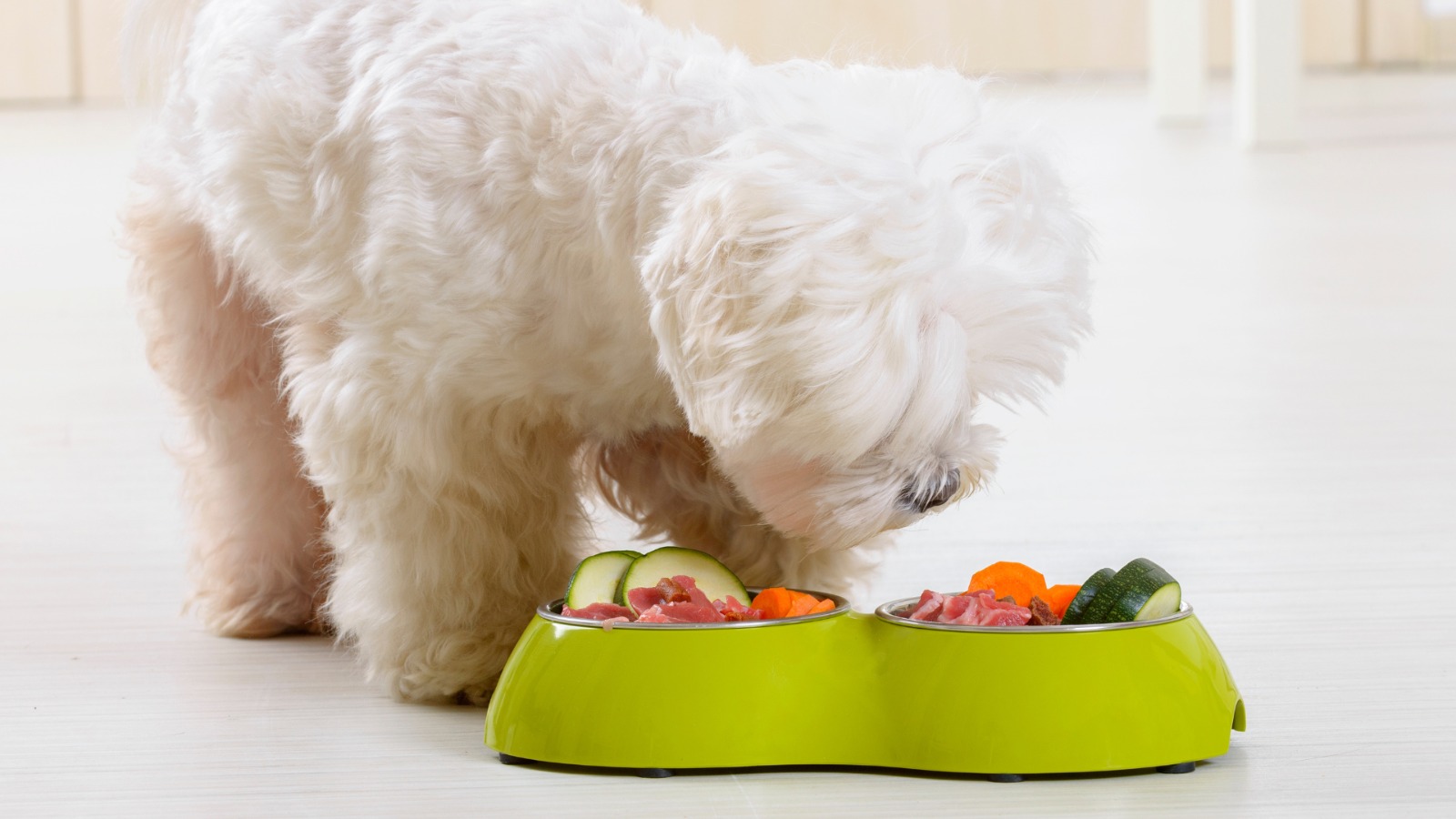
General HealthDigestionDigestive HealthDogs
Should I Feed Vegetables to my Pet?
Aug 10 2023
•
5 mins 30 secs
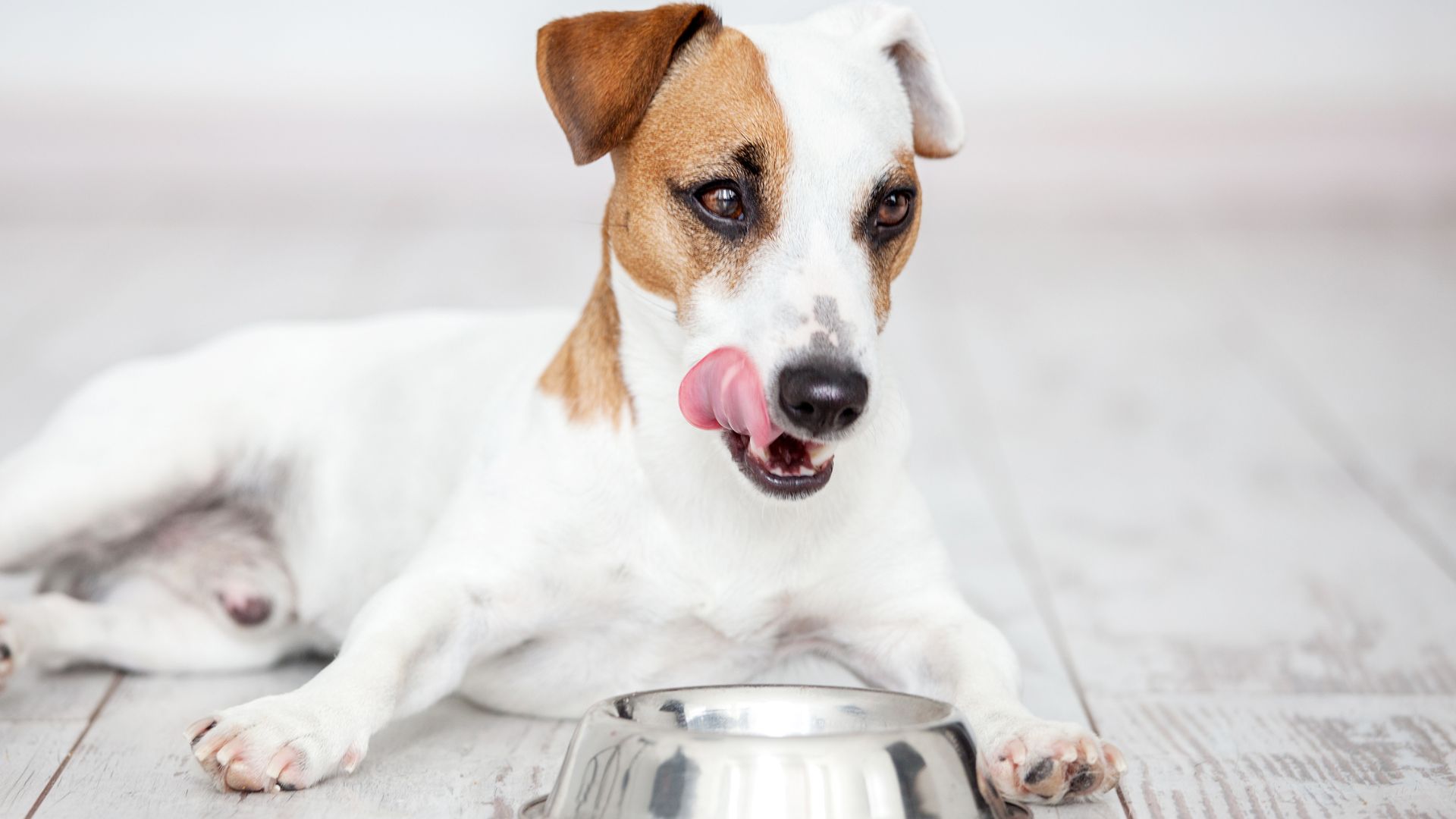
General HealthDigestionDigestive HealthDogs
Is My Dog a Carnivore or an Omnivore?
Aug 03 2023
•
8 mins 30 secs
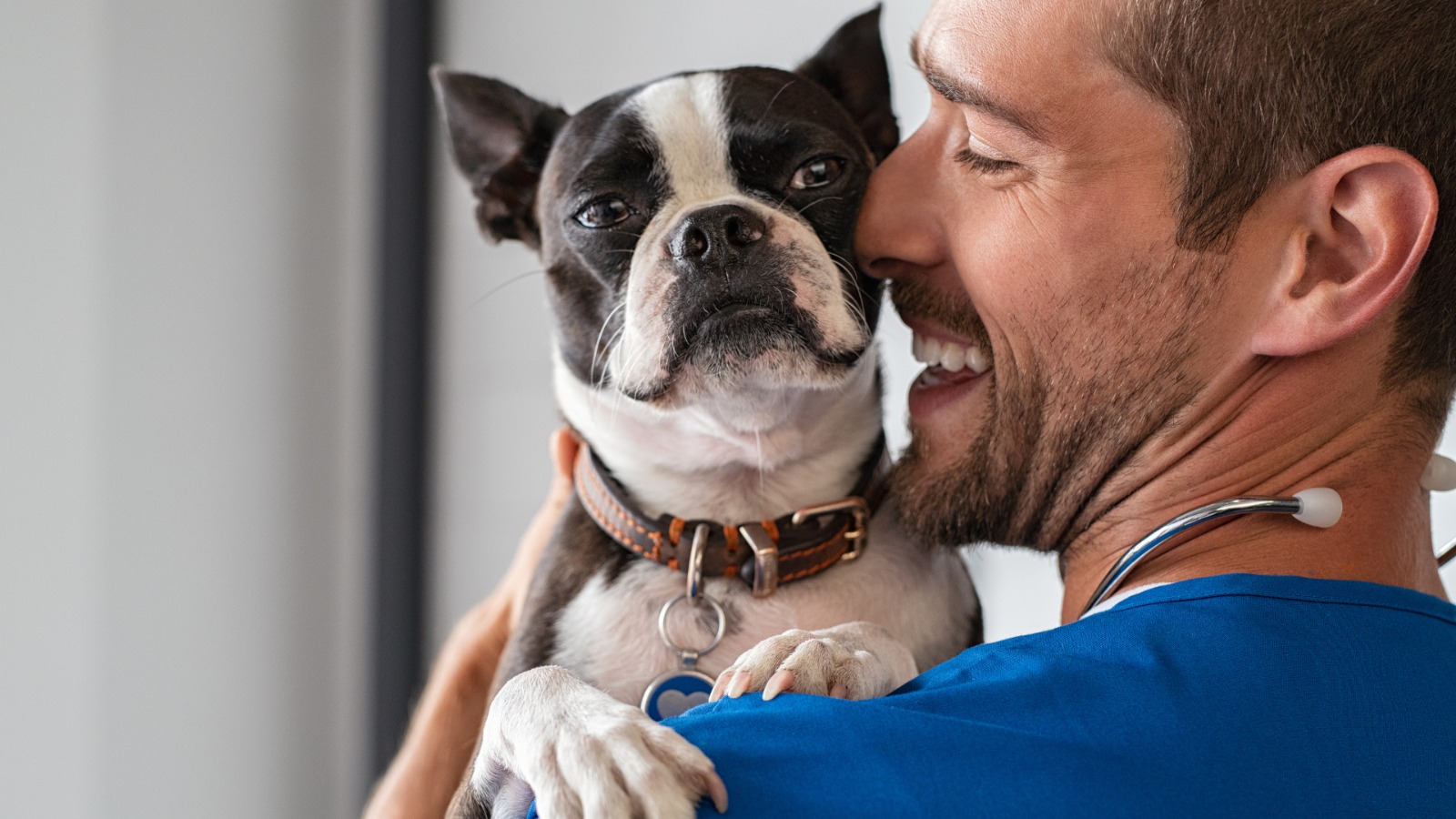
General HealthDigestionDigestive HealthDogs
What Should I Feed My Dog with Acid Reflux?
Jul 26 2023
•
4 mins 15 secs

General HealthDigestionDigestive HealthDogs
Hormones, and Their Role in the Body
Apr 20 2023
•
7 mins 12 secs

General HealthDigestionDigestive HealthDogs
Help! My Dog Is Constipated!
Apr 13 2023
•
6 mins

General HealthDigestionDigestive HealthDogs
Mast Cell Activation Syndrome
Apr 05 2023
•
4 mins 46 secs

General HealthDigestionDigestive HealthDogs
5 Benefits of Vitamin C for Your Dog
Mar 18 2023
•
4 mins 42 secs

General HealthDigestionDigestive HealthDogs
Why Does My Dog Urinate So Much?
Dec 08 2022
•
5 mins 30 secs

General HealthDigestionDigestive HealthDogs
Why Does My Dog Drink So Much Water?
Nov 29 2022
•
5 mins 30 secs
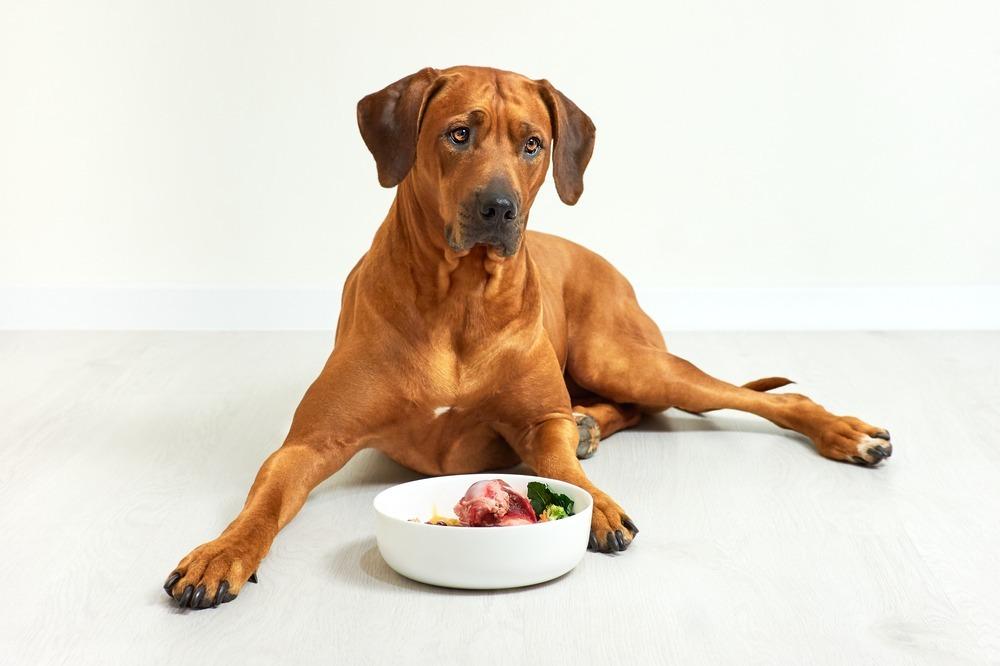
General HealthDigestionDigestive HealthDogs
Fresh Food Additions For Your Dog
Nov 07 2022
•
4 mins

General HealthDigestionDigestive HealthDogs
Top 10 Tips to Reduce Anxiety During Fireworks Season
Nov 04 2022
•
4 mins

General HealthDigestionDigestive HealthDogs
Fats For The Canine
Sep 19 2022
•
6 mins 30 secs

General HealthDigestionDigestive HealthDogs
5 Things To Include In The Senior Dog’s Bowl
Sep 05 2022
•
4 mins 30 secs

General HealthDigestionDigestive HealthDogs
5 Brain Games for the Nosey Dog
Aug 08 2022
•
3 mins

General HealthDigestionDigestive HealthDogs
Things To Think About: Skin Health in Dogs
Aug 01 2022
•
7 mins 30 secs

General HealthDigestionDigestive HealthDogs
Keeping Dogs Safe in Summer
Jul 18 2022
•
3 mins 25 secs

General HealthDigestionDigestive HealthDogs
Should I Vaccinate My Dog Against Kennel Cough?
Jul 11 2022
•
4 mins 59 secs

General HealthDigestionDigestive HealthDogs
Natural Remedies For Kennel Cough in Dogs
Jul 11 2022
•
4 mins 42 secs

General HealthDigestionDigestive HealthDogs
Nutrients for Skin Health in Dogs
Jul 04 2022
•
3 mins 29 secs

General HealthDigestionDigestive HealthDogs
The Top Five Water Hazards For Dogs
Jun 27 2022
•
3 mins 13 secs

General HealthDigestionDigestive HealthDogs
Should I Feed My Dog, Chicken and Rice?
Jun 27 2022
•
5 mins 37 secs

General HealthDigestionDigestive HealthDogs
4 Times You Don’t Want To Feed Veg To Your Dog
Jun 21 2022
•
3 mins 58 secs

General HealthDigestionDigestive HealthDogs
How To Support My Dog’s Liver Shunt
Jun 20 2022
•
4 mins 46 secs

General HealthDigestionDigestive HealthDogs
Could My Dog’s Coat Type Contribute to Skin Issues?
Jun 16 2022
•
7 mins

General HealthDigestionDigestive HealthDogs
Help! My Dog’s Ears Are Itchy!
Jun 14 2022
•
3 mins 38 secs

General HealthDigestionDigestive HealthDogs
The Neuroscience of Pain In Pets
Jun 07 2022
•
5 mins 32 secs

General HealthDigestionDigestive HealthDogs
3 Tips to Support Your Pet’s Urinary Health
May 26 2022
•
4 mins 46 secs

General HealthDigestionDigestive HealthDogs
What Does the Microbiome Have to Do With My Dog’s Bladder Stones?
May 24 2022
•
6 mins 39 secs

General HealthDigestionDigestive HealthDogs
Does the Breed of My Dog Influence their Test Results?
May 19 2022
•
2 mins 56 secs

General HealthDigestionDigestive HealthDogs
The Nutritional Needs of the Senior Dog
May 12 2022
•
5 mins 26 sec
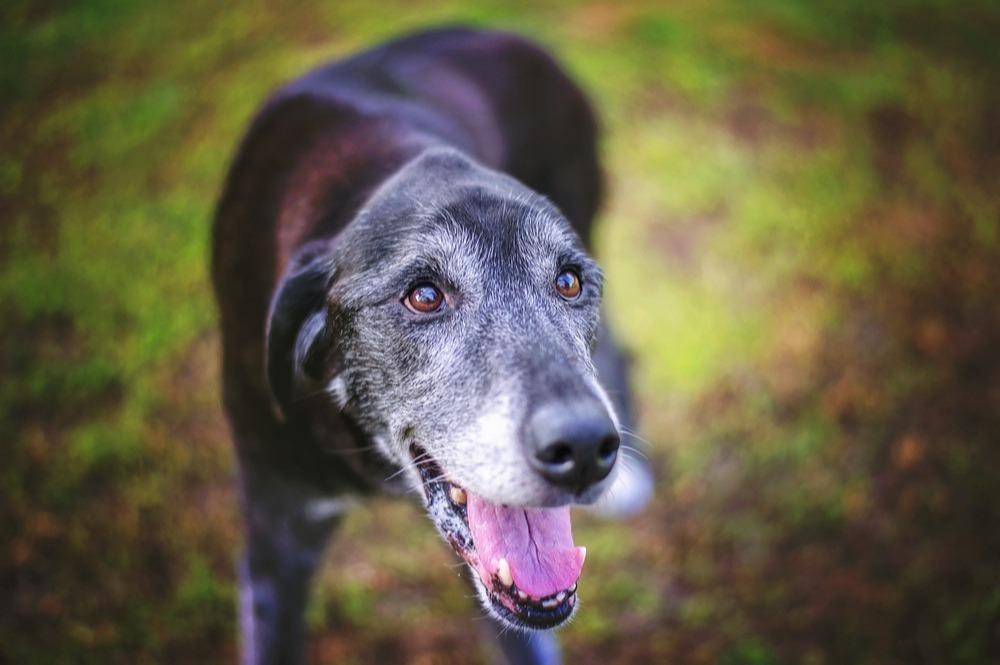
General HealthDigestionDigestive HealthDogs
Supporting The Senior Dog’s Cognitive Function
May 05 2022
•
5 mins 58 secs
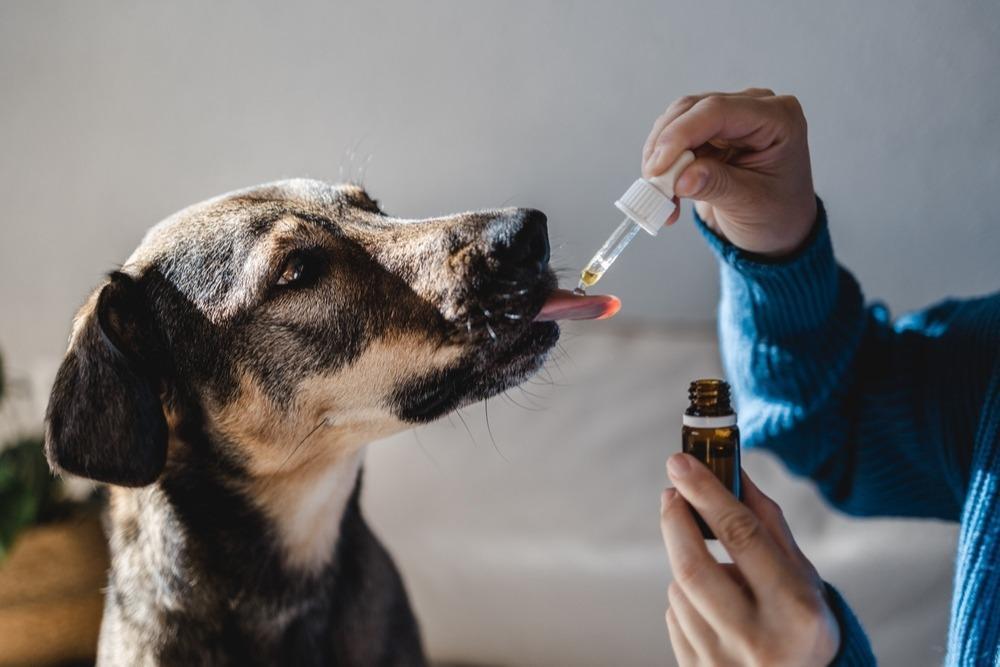
General HealthDigestionDigestive HealthDogs
Do Herbs Have a Place in Canine Osteoarthritis?
May 03 2022
•
4 mins 35 secs

General HealthDigestionDigestive HealthDogs
5 Tips to Support Your Seasonally Itchy Dog
Apr 26 2022
•
4 mins 50 secs

General HealthDigestionDigestive HealthDogs
Using Nutrition to Support The Stressed Dog
Apr 13 2022
•
8 mins 11 secs

General HealthDigestionDigestive HealthDogs
4 Nutrients For The Fussy Eating Dog
Apr 11 2022
•
3 mins 58 secs
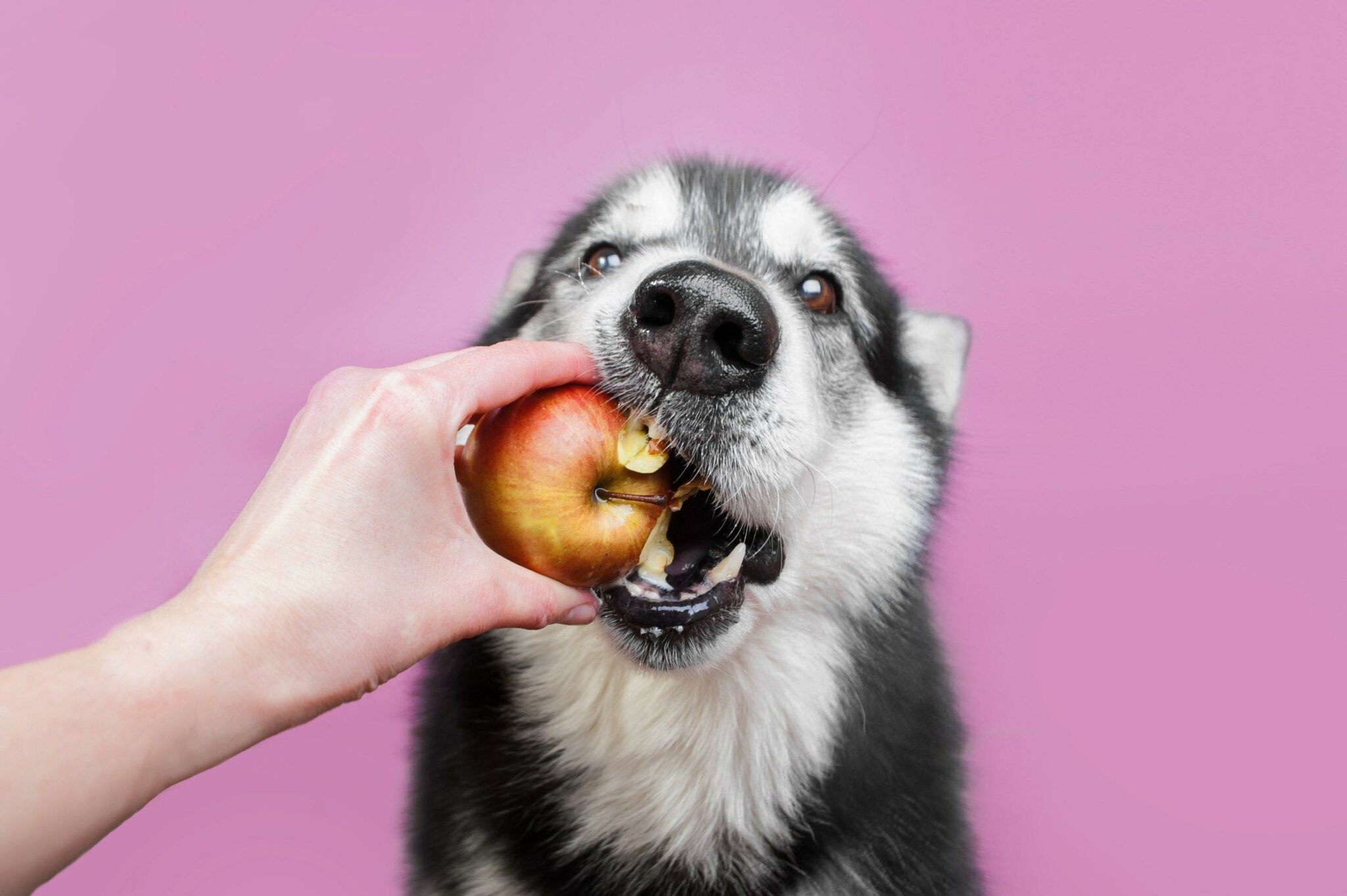
General HealthDigestionDigestive HealthDogs
7 Foods That Add Fibre To Your Dog’s Diet
Mar 21 2022
•
5 mins 2 secs
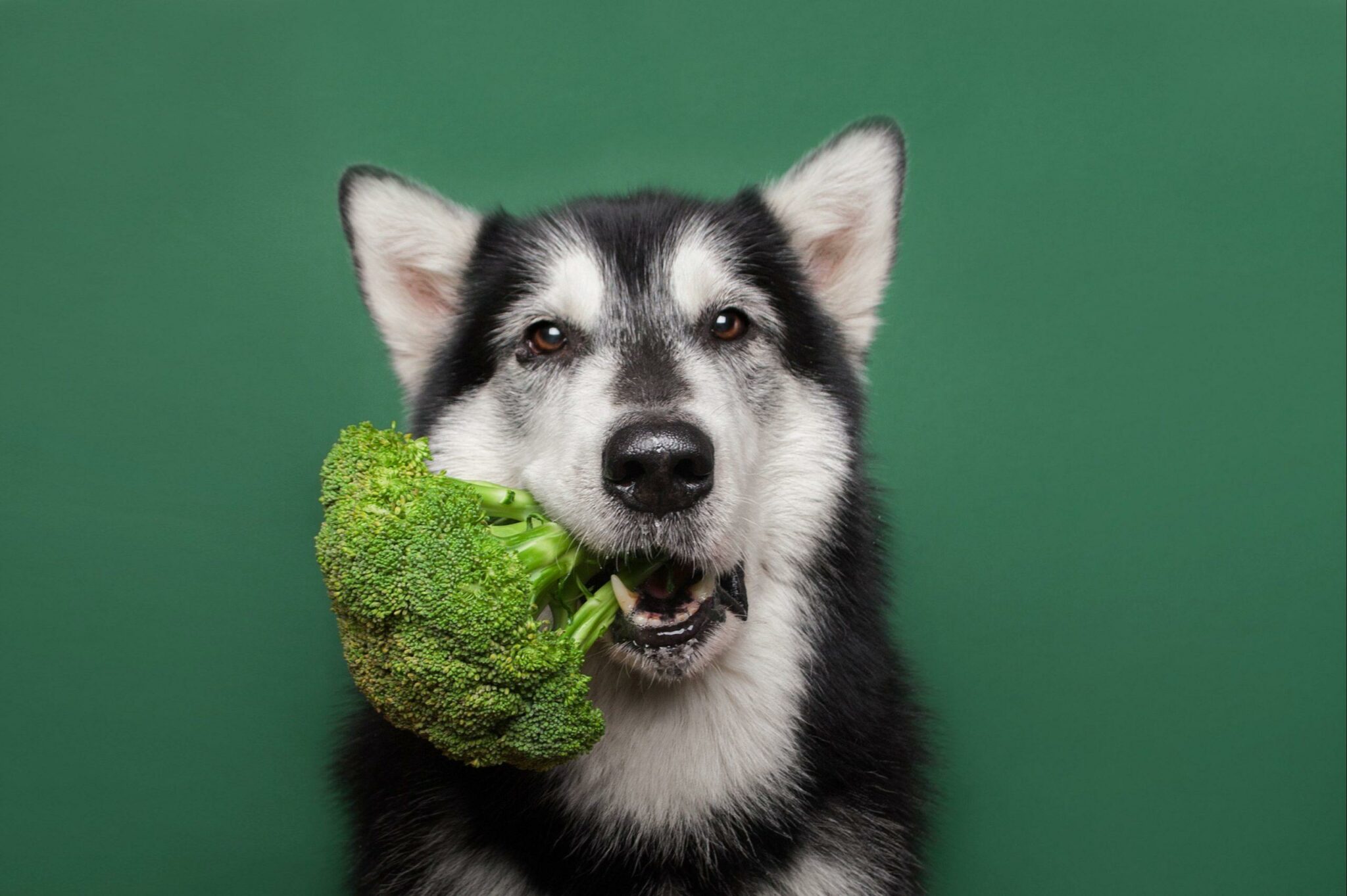
General HealthDigestionDigestive HealthDogs
What Are Phytochemicals and Does My Dog Need Them?
Mar 14 2022
•
4 mins 46 secs

General HealthDigestionDigestive HealthDogs
Nutrition for the Recovering Dog
Mar 14 2022
•
5 mins 18 secs

General HealthDigestionDigestive HealthDogs
What is Addison’s Disease in Dogs?
Mar 07 2022
•
2 mins 40 secs
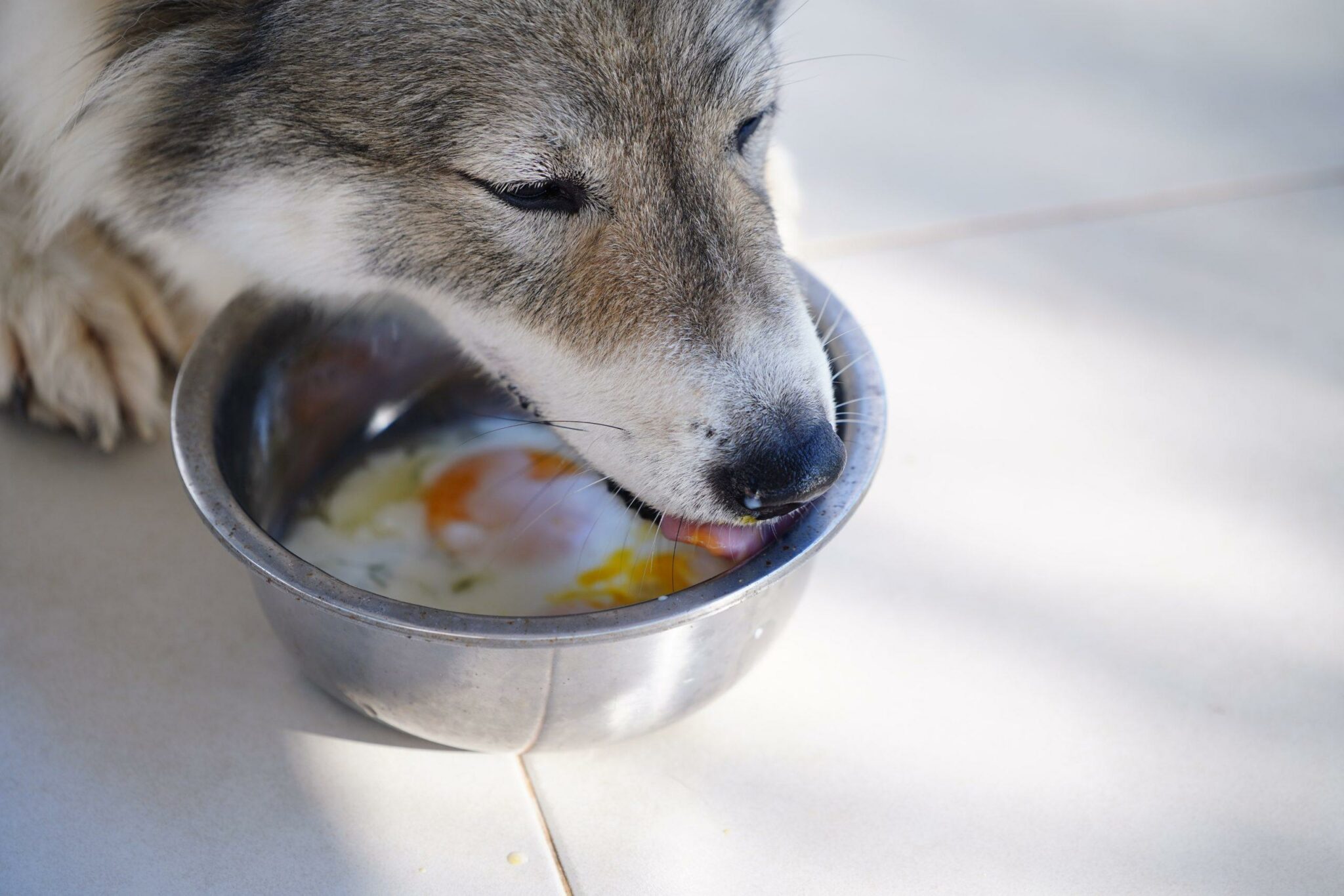
General HealthDigestionDigestive HealthDogs
Can My Dog Eat Raw Eggs?
Feb 28 2022
•
3 mins 48 secs

General HealthDigestionDigestive HealthDogs
What is Canine Epilepsy?
Feb 22 2022
•
4 mins 56 secs

General HealthDigestionDigestive HealthDogs
Does My Dog Have A Gut-Skin Axis?
Feb 14 2022
•
4 mins 48 secs

General HealthDigestionDigestive HealthDogs
5 Wonderful Herbs for Dog Joint Care
Feb 07 2022
•
5 mins 3 secs

General HealthDigestionDigestive HealthDogs
Why Does My Dog Need Vitamins? Part Two – The Water-Soluble Vitamins
Jan 24 2022
•
6 mins 42 secs

General HealthDigestionDigestive HealthDogs
Why Does My Dog Need Vitamins? Part One – The Fat-Soluble Vitamins
Jan 24 2022
•
5 mins 51 secs

General HealthDigestionDigestive HealthDogs
4 Superfoods for Liver Health in Dogs
Jan 19 2022
•
4 mins 15 secs

General HealthDigestionDigestive HealthDogs
The Importance of Sleep
Jan 04 2022
•
8 mins 15 secs

Christmas Calm: Our Top Nutritional Tips to Support Your Canine
Dec 22 2021
•
2 mins 43 secs
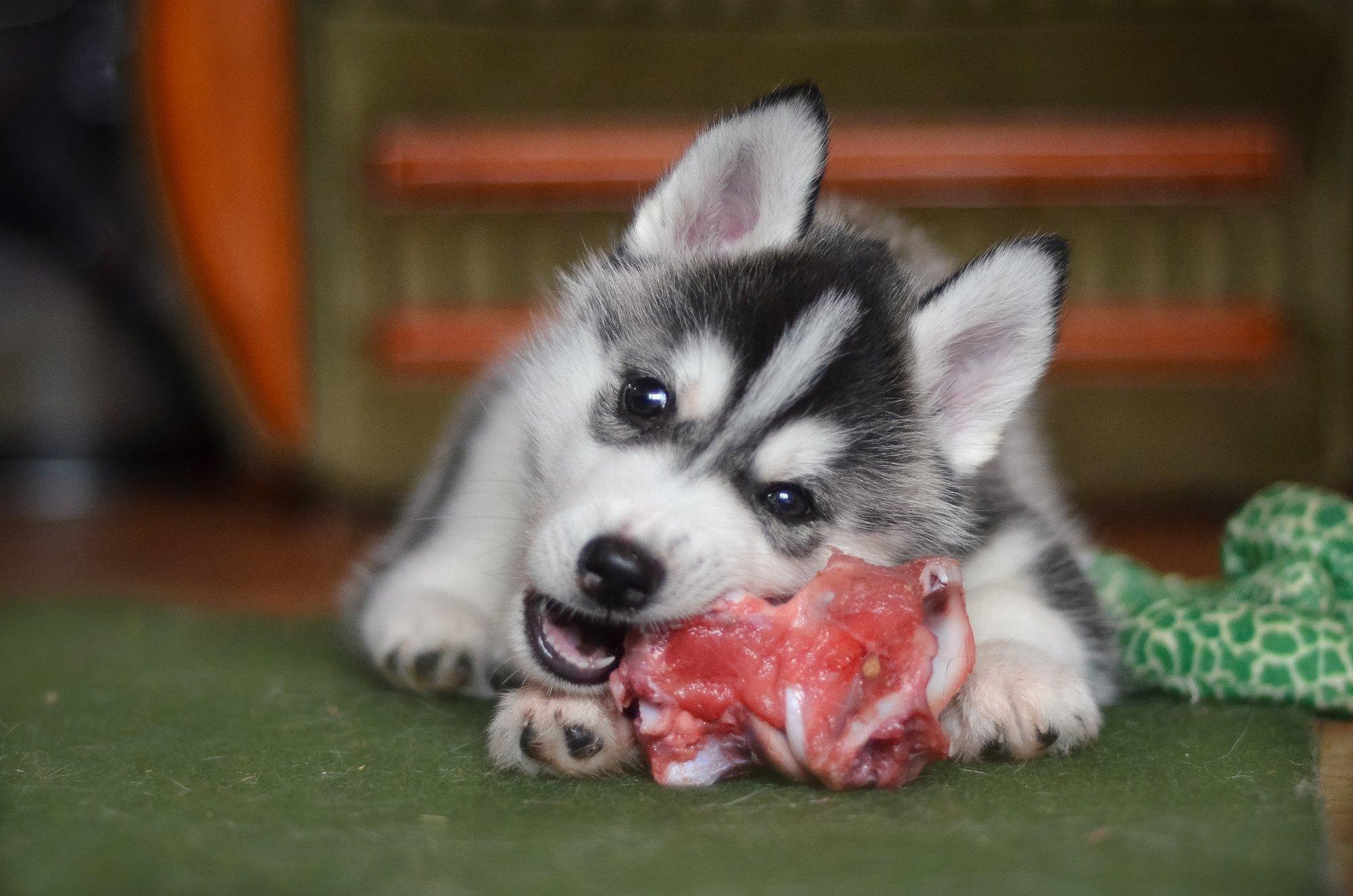
General HealthDigestionDigestive HealthDogs
Feeding Bones: A Mini Guide To Bones
Dec 07 2021
•
5 mins 56 secs
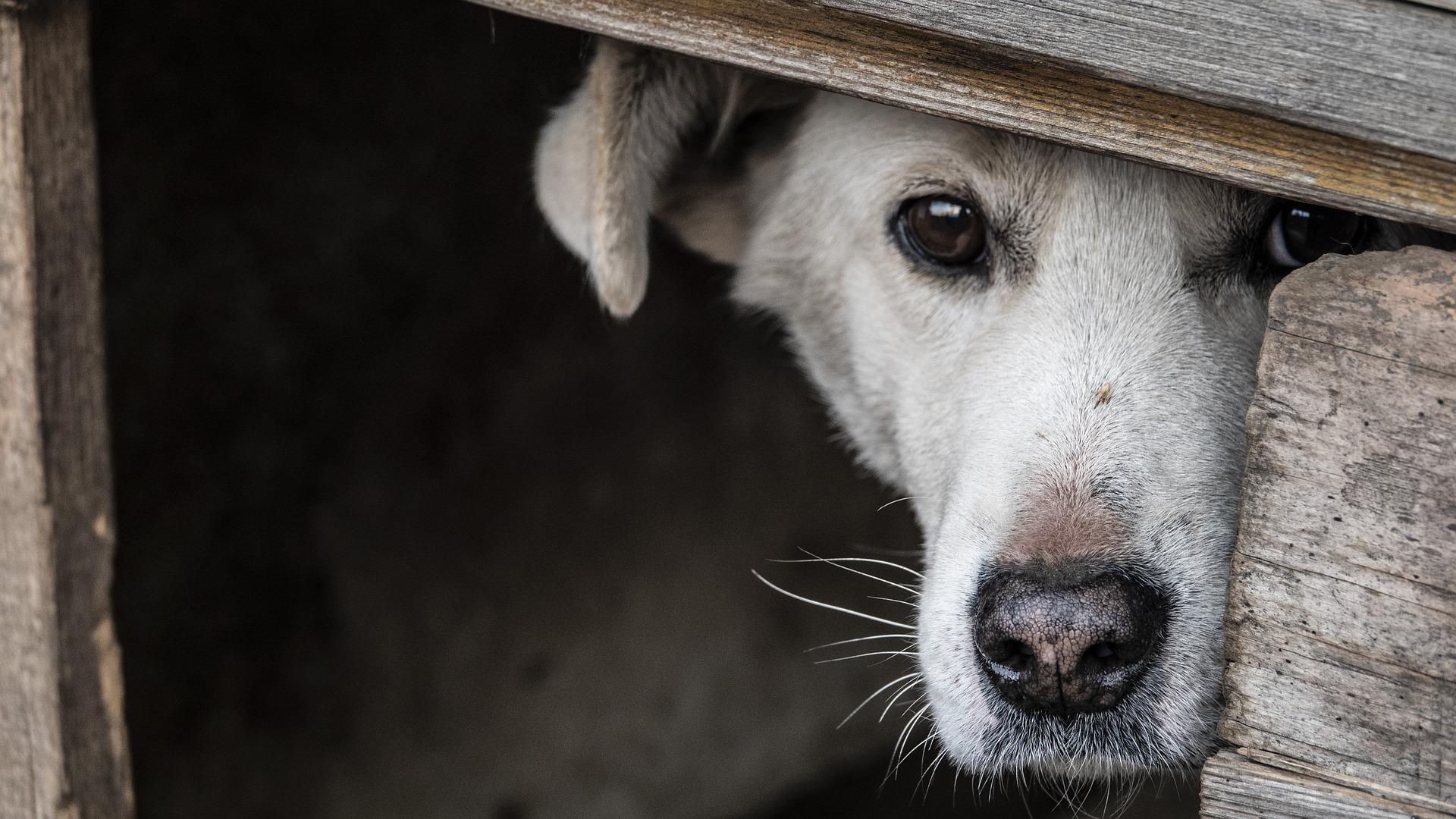
General HealthDigestionDigestive HealthDogs
5 Tips For Anxiety in Dogs
Oct 21 2021
•
4 mins 6 secs
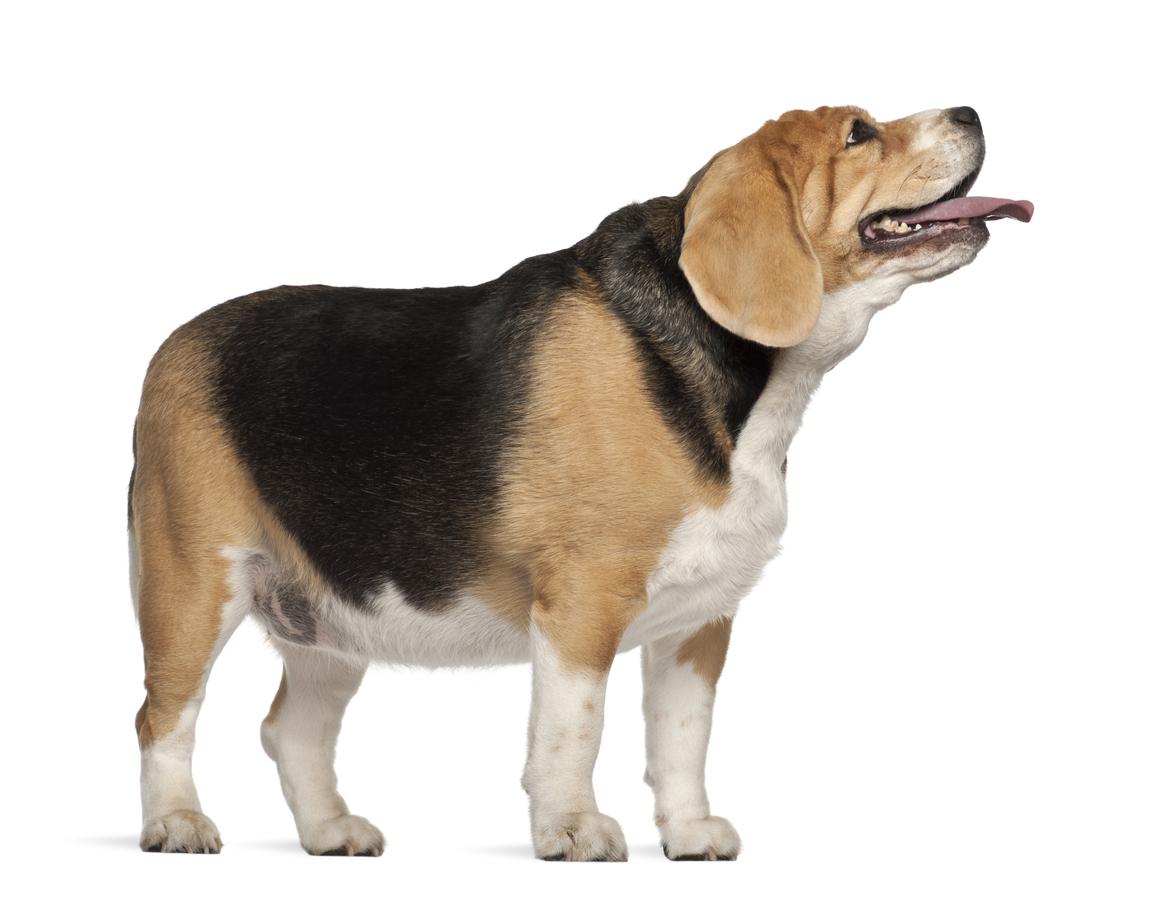
General HealthDigestionDigestive HealthDogs
Top Tips to Help Your Dog Lose Weight
Sep 16 2021
•
5 min read

General HealthDigestionDigestive HealthDogs
Kennel Cough: A Natural Guide
Sep 09 2021
•
7 min read

General HealthDigestionDigestive HealthDogs
Why Are Dogs So Loyal?
Sep 04 2021
•
4 min read

General HealthDigestionDigestive HealthDogs
Why Does My Dog Have Warts?
Aug 02 2021
•
6 min read
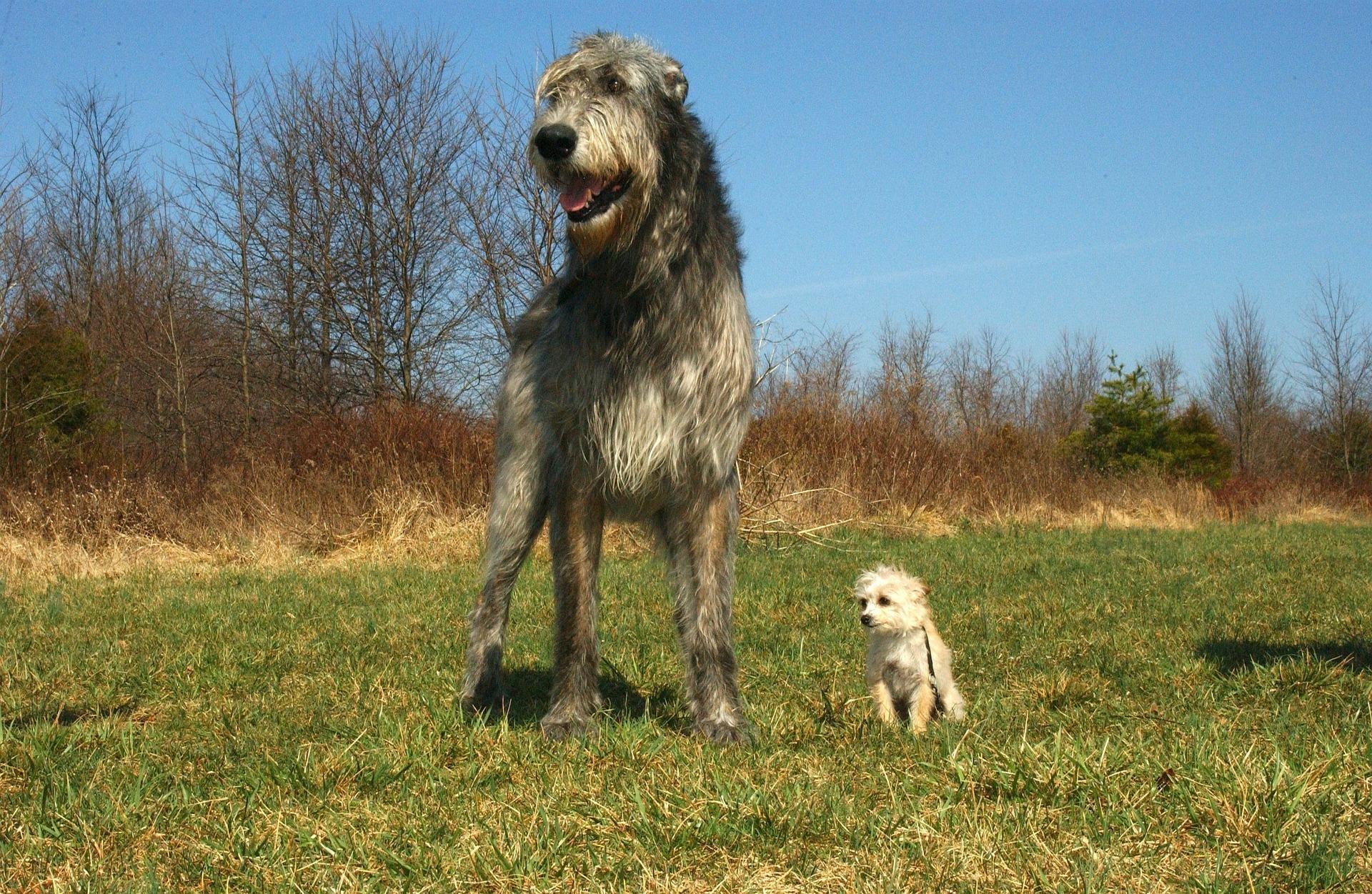
General HealthDigestionDigestive HealthDogs
The Lowdown on Liver Shunts in Dogs
Jun 28 2021
•
6 min read

General HealthDigestionDigestive HealthDogs
The Importance of Nature for Human and Dog Health
May 12 2021
•
5 min read

General HealthDigestionDigestive HealthDogs
Periodontal Disease in Dogs
May 04 2021
•
7 min read
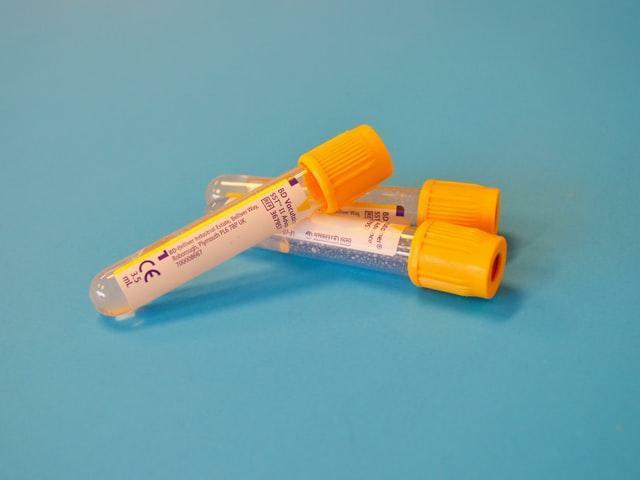
General HealthDigestionDigestive HealthDogs
Does My Dog Need an Allergy Test?
Apr 26 2021
•
7 min read

General HealthDigestionDigestive HealthDogs
How Food Affects Your Dog’s Behaviour
Apr 22 2021
•
10 min read
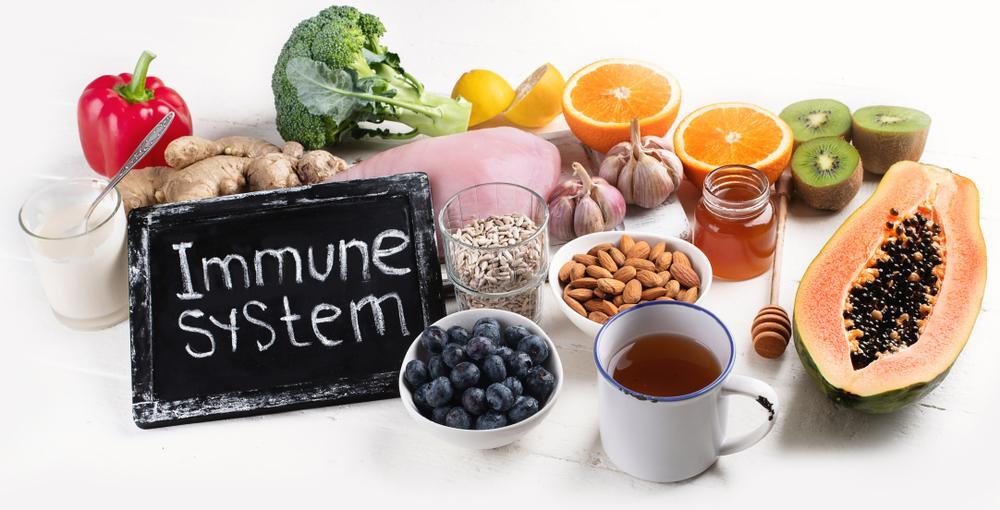
General HealthDigestionDigestive HealthDogs
10 Top Foods For Your Dog’s Immunity
Mar 17 2021
•
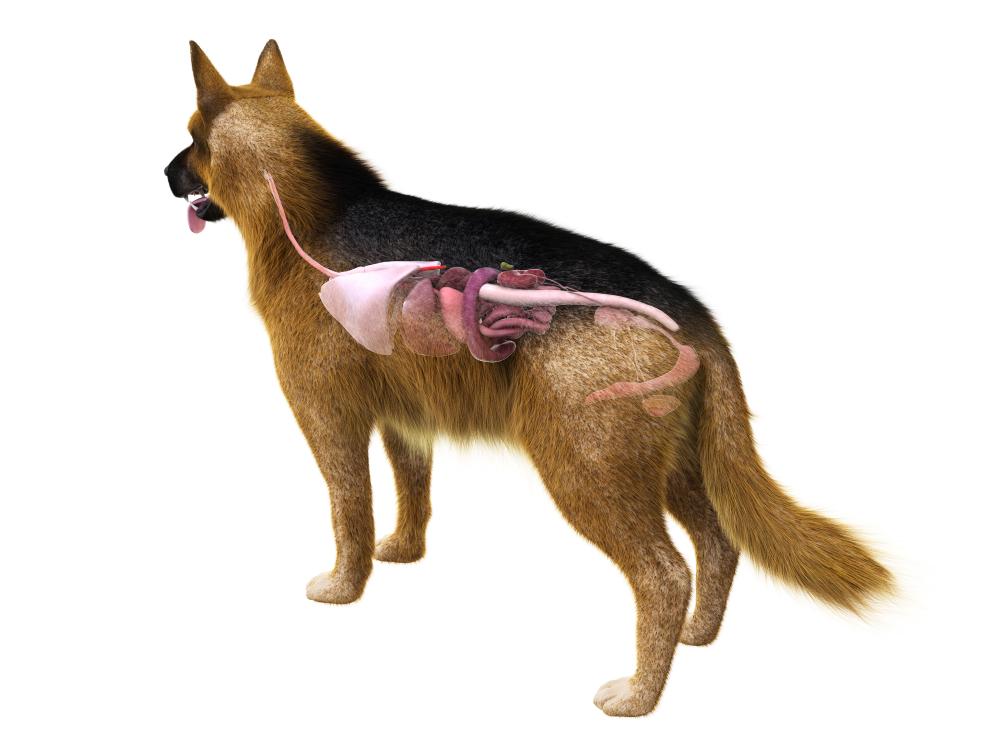
General HealthDigestionDigestive HealthDogs
The Dog’s Digestive System
Mar 12 2021
•
7 min read
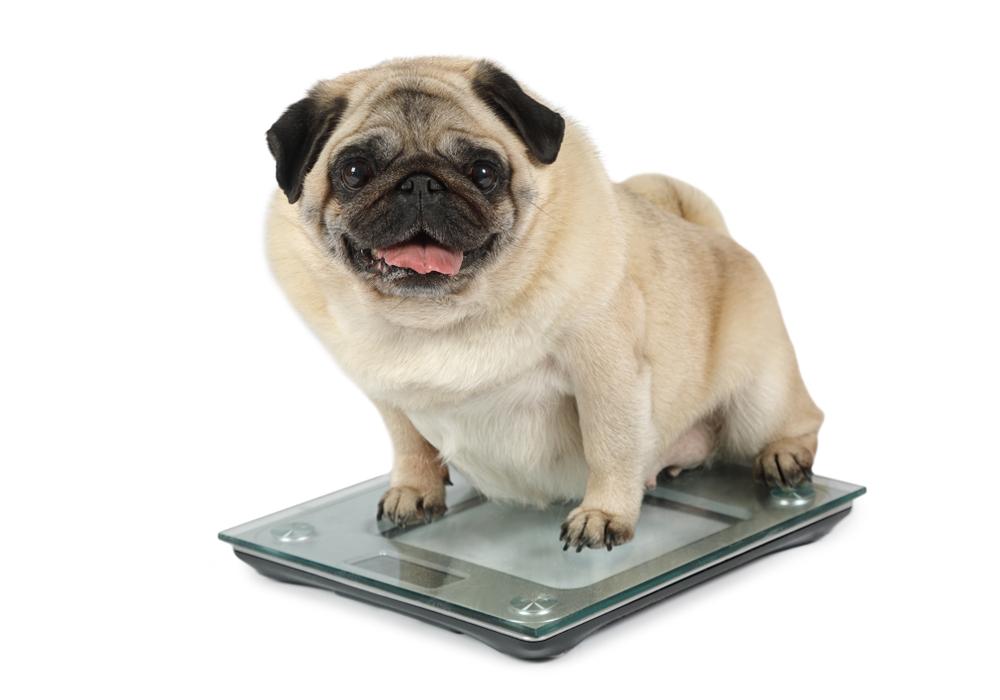
General HealthDigestionDigestive HealthDogs
Obesity in Pets Part 1
Feb 25 2021
•
9 min read

General HealthDigestionDigestive HealthDogs
Dogs in pain – what is it and how to look for it?
Jan 28 2021
•
8 min read
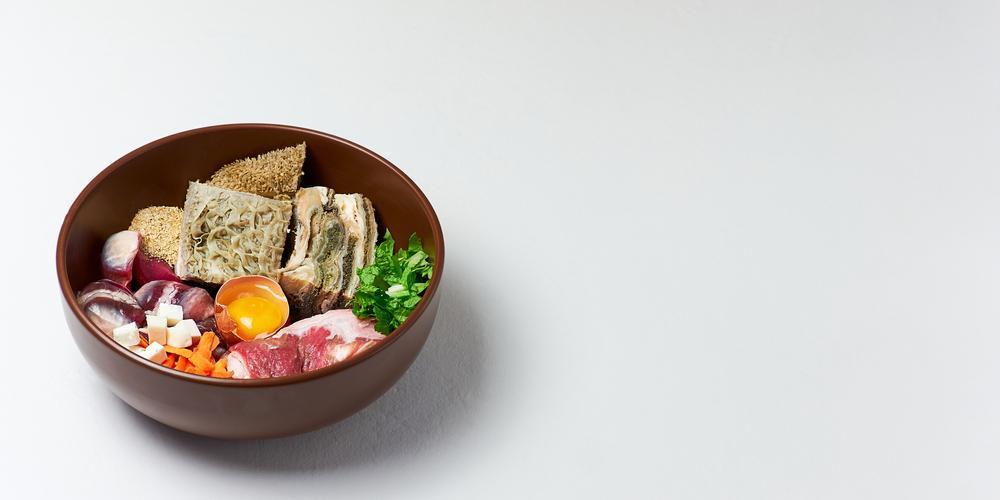
General HealthDigestionDigestive HealthDogs
Fresh Food to Add to Your Dog’s Bowl
Jan 26 2021
•
6 min read

General HealthDigestionDigestive HealthDogs
How Much Sleep Should My Dog Get?
Dec 15 2020
•
12 min read
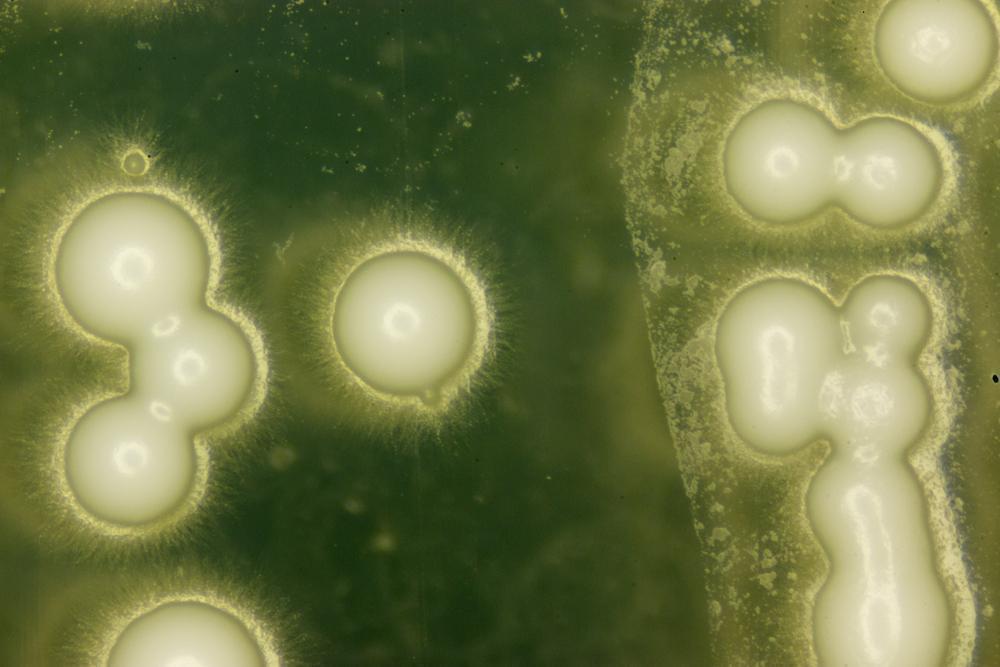
General HealthDigestionDigestive HealthDogs
Is Your Dog A Yeasty Beast?
Dec 09 2020
•
8 min read
✕



